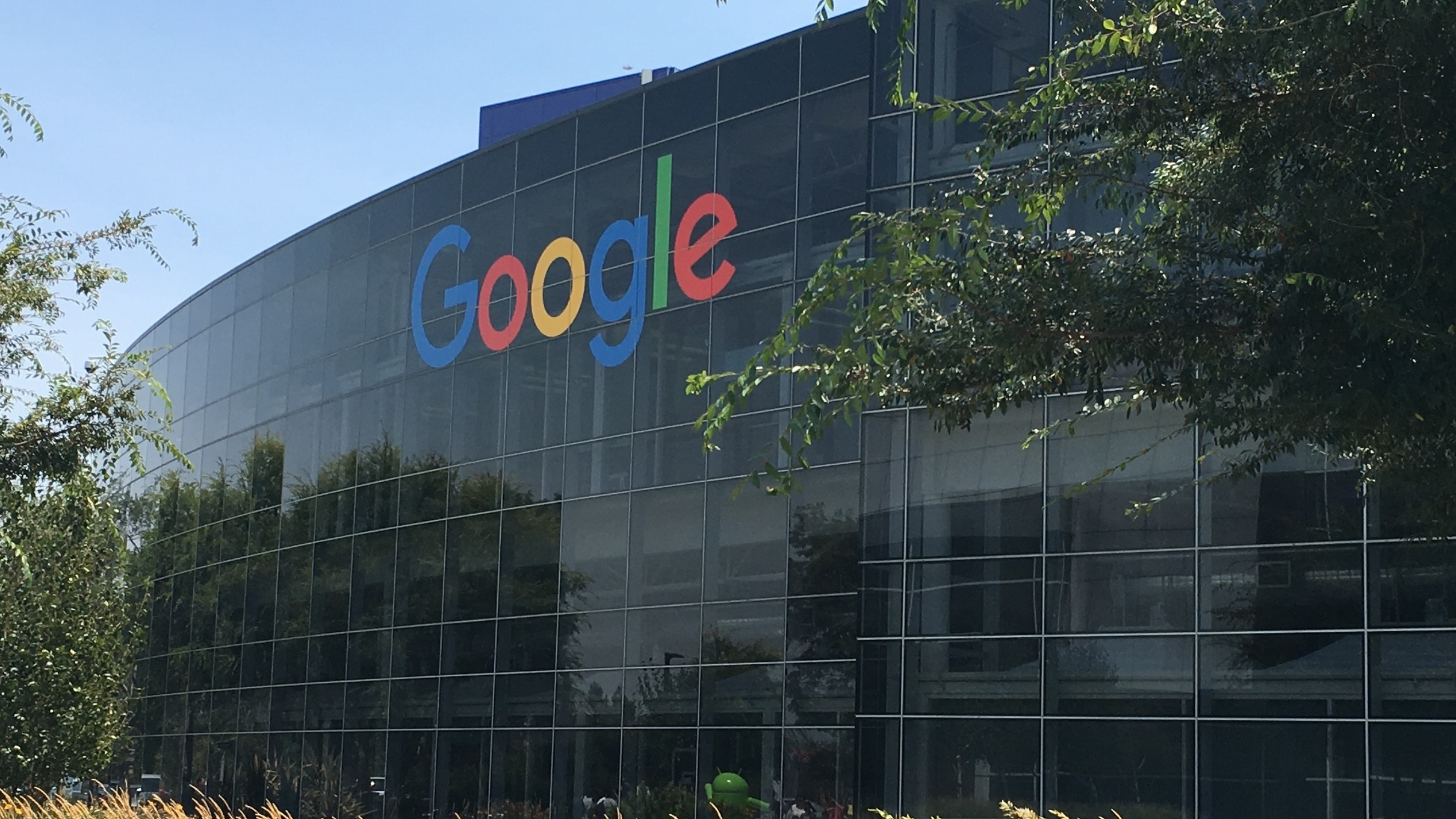Meta, the parent company of Facebook, has unveiled Llama 3.1, its most advanced open-source artificial intelligence model to date.
With 405 billion parameters, this new model represents a significant leap forward in the company's AI capabilities and aims to compete directly with closed-source models from industry leaders such as OpenAI and Anthropic.
Mark Zuckerberg, founder and chief executive officer of Meta, announced the release, emphasising the company's commitment to open-source AI development. "Open source is the key to bringing the benefits of AI to everyone," Zuckerberg stated, highlighting the potential for widespread innovation and accessibility.
Llama 3.1 comes in three versions: the flagship 405 billion parameter model, a 70 billion parameter model, and a more lightweight 8 billion parameter version. Each is designed to cater to different use cases and computational requirements, from enterprise-level applications to mobile device deployment.
The new model boasts significant improvements over its predecessors, including enhanced multilingual support for eight languages: English, German, French, Italian, Portuguese, Hindi, Spanish, and Thai. It also features an expanded context window of 128,000 tokens, a substantial increase from previous versions.
Meta claims that Llama 3.1 outperforms leading closed-source models like OpenAI’s GPT-4o and Anthropic's Claude 3.5 Sonnet on several benchmarks, particularly in areas such as general knowledge, mathematics, and tool use. The company also touts the model's improved capabilities in text summarisation, classification, sentiment analysis, language translation, and code generation.
To facilitate widespread adoption, Meta is collaborating with major tech companies including Amazon, Microsoft, and Nvidia. The model will be available through various cloud platforms and AI development tools, making it accessible to developers and businesses of all sizes.
Ahmad Al-Dahle, Meta's vice president of generative AI, said that Llama 3.1 will be particularly popular among developers as "a teacher for smaller models that are then deployed" in a "more cost effective way."
Cost-effectiveness is indeed a significant selling point, with Meta claiming that Llama 3.1 can be run at roughly 50 per cent the cost of using closed models like GPT-4o. This could potentially lower the barrier to entry for smaller companies and researchers looking to leverage advanced AI capabilities.
Zuckerberg argues that open-source AI will be safer than closed alternatives due to increased transparency and scrutiny. He draws parallels to the evolution of operating systems, suggesting that open-source AI could become the industry standard, much like Linux did for cloud computing and mobile devices.
Scepticism and hurdles
The release of such a powerful open-source model raises questions about responsible AI development and potential misuse. Meta reports that its red teaming (adversarial testing) of Llama 3.1 included examining potential cybersecurity and biochemical use cases, indicating an awareness of these concerns.
The AI landscape is rapidly evolving, and Meta's bold move with Llama 3.1 could mark a significant shift towards more open and accessible AI technologies.
As the industry grapples with the implications of increasingly powerful AI models, the release of Llama 3.1 is likely to intensify debates around open versus closed-source development, AI safety, and the democratisation of advanced technologies.
However, the launch of Llama 3.1 has hit a significant roadblock in Europe. Meta last month announced that it will not launch its AI models in the region for now, following a request from the Irish Data Protection Commission (DPC), Meta's lead regulator in the European Union. The decision came after the Irish privacy watchdog asked Meta to delay training its large language models using public content shared by Facebook and Instagram adult users.
Meta at the time expressed disappointment with the request, stating that it had incorporated regulatory feedback and that European data protection authorities had been informed since March. The company argues that this delay is a step backwards for European innovation and competition in AI development, suggesting that without including local information, it would only be able to offer people a "second-rate experience" in Europe.
Latest News
-
Reddit ‘challenges Australia’s under 16s ban’ with lawsuit
-
BBVA expands ChatGPT to 120,000 employees
-
BIS and Central banks test post-quantum cryptography in payments
-
UK government launches new MedTech qualifications to fight skills gap
-
UK scientists get priority access to advanced AI through Google DeepMind lab
-
Uber Eats rolls out robot couriers in Leeds
The future-ready CFO: Driving strategic growth and innovation
This National Technology News webinar sponsored by Sage will explore how CFOs can leverage their unique blend of financial acumen, technological savvy, and strategic mindset to foster cross-functional collaboration and shape overall company direction. Attendees will gain insights into breaking down operational silos, aligning goals across departments like IT, operations, HR, and marketing, and utilising technology to enable real-time data sharing and visibility.
The corporate roadmap to payment excellence: Keeping pace with emerging trends to maximise growth opportunities
In today's rapidly evolving finance and accounting landscape, one of the biggest challenges organisations face is attracting and retaining top talent. As automation and AI revolutionise the profession, finance teams require new skillsets centred on analysis, collaboration, and strategic thinking to drive sustainable competitive advantage.
© 2019 Perspective Publishing Privacy & Cookies




.jpg)






Recent Stories